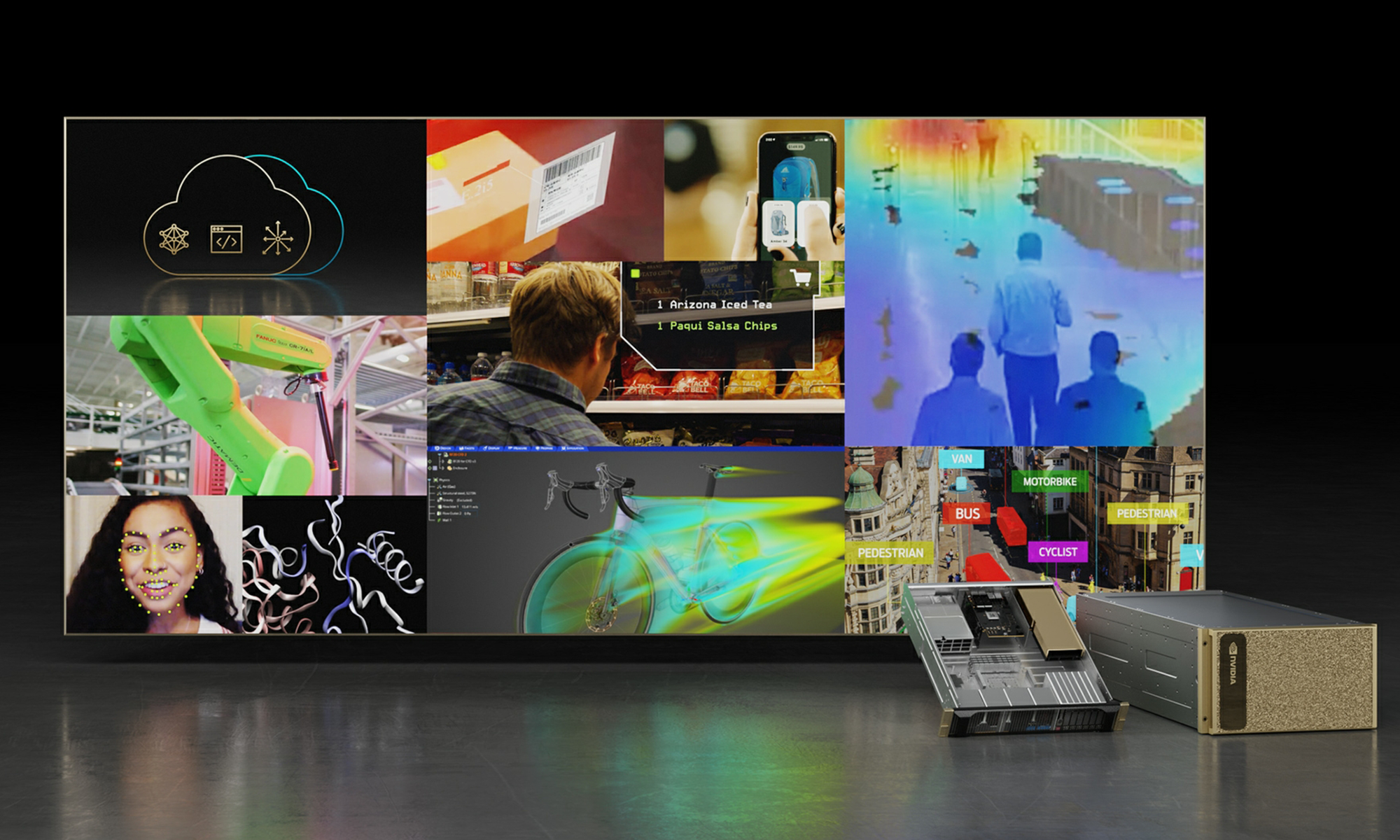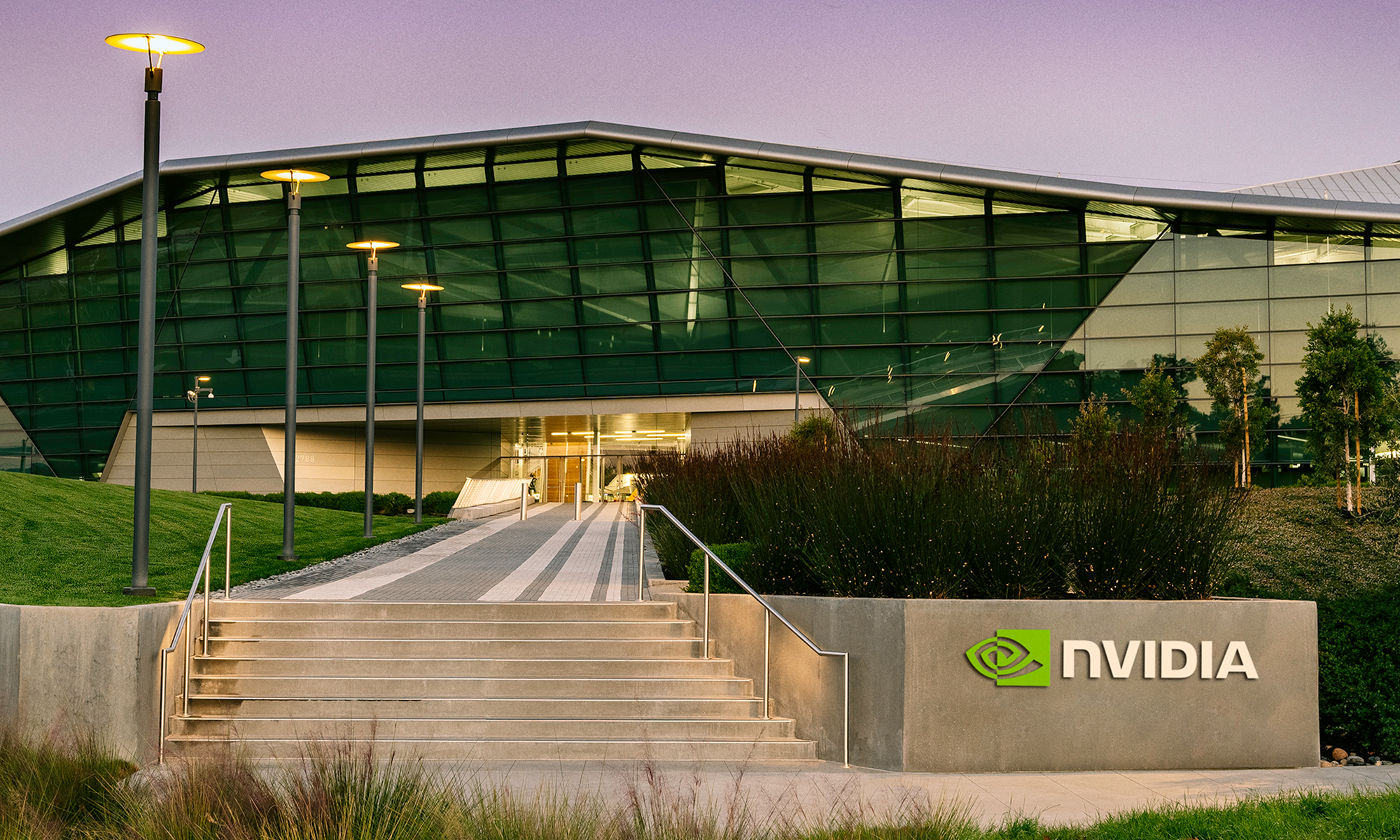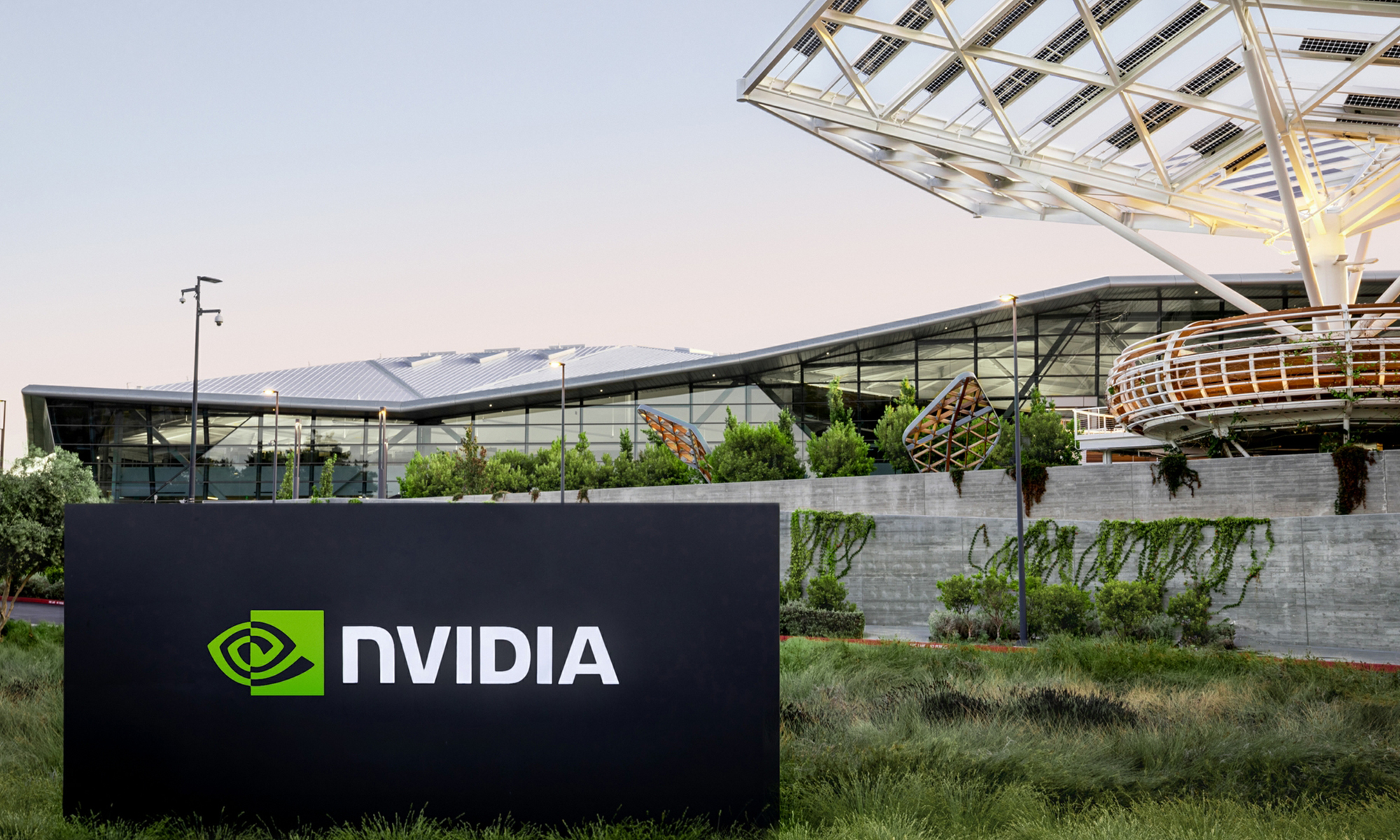For the last couple of days, it's been nearly impossible to tune into financial news programming and not hear about Chinese artificial intelligence (AI) start-up DeepSeek.
While reporting on the DeepSeek story is fluid, initial claims from the company are that engineers built the AI model using Nvidia (NVDA 0.56%) A100 and H800 graphics processing units (GPUs). These are Nvidia's older and allegedly less capable chipsets. Given the impressive feats demonstrated by DeepSeek so far, some investors have turned bearish overnight, calling into question the necessity of Nvidia's next-generation and more sophisticated architectures.
One voice of reason I tend to follow closely on Wall Street is technology analyst Dan Ives of Wedbush Securities. Recently, Ives posted on social media that DeepSeek is the "Temu of AI" -- a nod to Chinese e-commerce marketplace Temu.
Comparing DeepSeek to Temu just because they are both products from China isn't the point Ives is making. Below, I'll explore his commentary and explain why I think he's making an apt comparison.

NASDAQ: NVDA
Key Data Points
Why compare DeepSeek to Temu?
Temu is owned by Chinese e-commerce business PDD Holdings. When it first launched in late 2022, some Wall Street skeptics began declaring the low-cost marketplace an existential threat to Amazon.
DeepSeek is the Temu of AI. Just like Temu was the "Amazon model destroyer" a few years ago...Amazon's team adjusted and now look where Temu and Amazon both are sitting. This latest shot across the bow from China will also play a role in TikTok saga and more hardline 🇺🇸 stance 🍿 https://t.co/a8lvncSbbh
-- Dan Ives (@DivesTech) January 28, 2025
The table below shows Amazon's online sales growth over the last couple of years:
| Category | 2022 | 2023 |
|---|---|---|
| Online sales revenue ($) | $217.4 billion | $231.9 billion |
| Online sales % growth year over year | (2%) | 7% |
Data source: Investor Relations.
While Amazon's e-commerce sales witnessed a nominal decline in 2022, this was not because of Temu. Remember, 2022 was when inflation peaked around 9%, and the Federal Reserve was amid aggressive interest rate hikes.
The combination of historically high levels of inflation and rising borrowing costs served as a one-two punch to purchasing power for the average consumer. Amazon's e-commerce business experienced a resilient comeback in 2023, and published results for 2024 have been encouraging -- the company's online sales are up 6% year over year through September.
My interpretation of Ives' words is that DeepSeek does not represent a doomsday situation for existing (and expensive) models from OpenAI, Perplexity, or Anthropic, among others -- just as Temu hasn't destroyed Amazon's e-commerce dominance.

Image source: Getty Images.
Why do I agree with Ives?
I often encourage investors to zoom out and consider the big picture whenever a new megatrend or breaking story is developing. In the case of Temu and Amazon, consider the idea that the addressable market for e-commerce is expanding.
According to Grand View Research, the global market size for e-commerce was estimated to be worth $25.9 trillion in 2023 and forecasted to grow at a compound annual growth rate (CAGR) of 19% between 2024 and 2030. Given the rapid expansion of e-commerce adoption, it's natural that new entrants, such as Temu, would emerge. In other words, there is more than enough room for multiple competitors.
On top of that, I'd argue that one of the key reasons Amazon is still able to generate meaningful growth from its online business despite its massive scale is the sticky nature of the company's ecosystem. Amazon offers far more than online shopping. The company provides grocery delivery, streaming and entertainment, and much more through its Prime subscription model. This is actually quite lucrative as Amazon has unlocked multiple streams to generate revenue from its customer base, keeping them fiercely loyal in the process.
I think these same dynamics can be said about AI. Like e-commerce, AI is a growing market with a multitude of applications across both hardware and software. Moreover, Nvidia has also identified multiple ways to generate value from its enterprise customers -- selling them GPU hardware and accompanying software, known as compute unified device architecture (CUDA).
To me, the introduction of DeepSeek really proves only one thing: There's room for more than one large language model (LLM) in the AI arena. Even if DeepSeek is as capable or superior to existing infrastructure, I think it's highly unlikely that developers and large enterprises will transition their AI workloads off of OpenAI and other legacy LLMs and begin adopting DeepSeek. Such an idea is much easier said than done, and it would be a costly endeavor to essentially ditch your existing framework in lieu of something else.
At the end of the day, I do not think DeepSeek is an existential threat to ChatGPT, Nvidia, or any other hyperscaler pushing the AI narrative forward.





